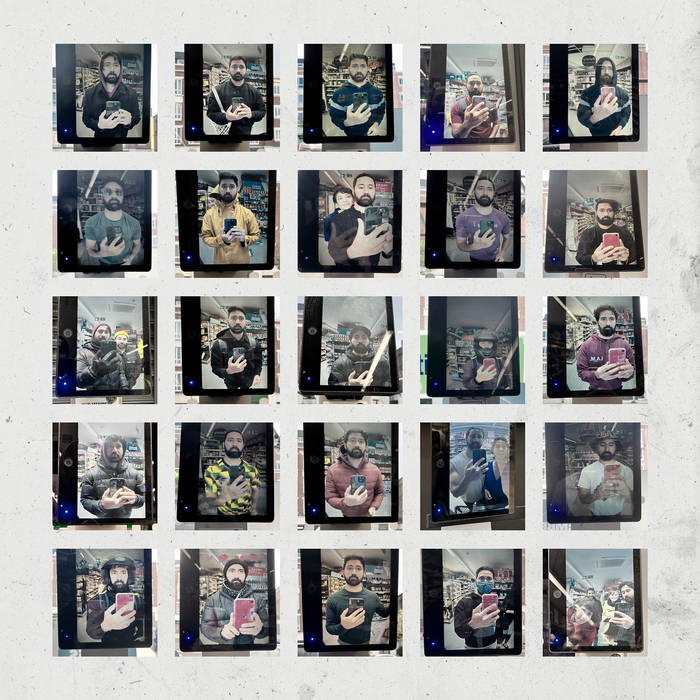Across a forty-minute drum-based suite, drummer and composer Sarathy Korwar reveals the transcendental nature of repetition as a thing of awe and beauty. Combining tablas, Southern Indian clay pot ghatams, drum kit, bells, xylophones, vocal drones and a Buchla Music Easel, Korwar unveils a morphing and organic investigation into rhythm itself. With previous work exploring identity, migration and futurism, Korwar is going back to basics on his latest release, There Is Beauty, There Already, showcasing the depths to which the drums can reach as instruments for ascension.
Korwar’s rhythmic layering is of particular note. With a clear debt to minimalist composers Steve Reich and Terry Riley, Korwar’s use of dense counterpoint is masterful, undulating and shifting the rhythmic surface beneath you like sand under foot. The use of claps on ‘We Take Things For Granted’, amid rising xylophone runs and vocal drones, is utterly entrancing.
This layering reveals the masterstroke of a wholly hypnotic release: the oscillation between lightness and weight. The bassy gulp of tablas on ‘Skin, Colour, Sun, Lover’ contrasts with the airiness of the opening two tracks, while the skippy hi-hats of ‘A Day Is A Cycle of Drum Beats’ are engulfed by the rumbling jab-cross combo of ‘Looking For A Ghazal’ and ‘Amongst All Of The Rubble’.
It’s this ease with which the layers and timbres flow within each other that makes There Is Beauty, There Already so intoxicating. Flourishes of melody glide across percussive tessellations in the form of delayed harps, creeping xylophones and the occasional Buchla bleep. Repeated motifs act as throughlines within the perpetually evolving whole, anchoring the record with the poise of a deep electronic live set, with ‘Beauty Doesn’t Know What It Looks Like’ conveying this in particular.
In his 1949 study, Philosophy of New Music, Theodor W. Adorno addresses the nature of repetition in music. Adorno notes that Igor Stravinsky’s repeated phrases “closely resemble the schema of catatonic conditions,” comparing the composer’s recurrent rhythms to schizophrenic rambles.
It’s interesting to unpack how repetition can mirror what Adorno calls catatonia. He essentially acknowledges that recurring rhythms represent trance-like states where the repeated phrase is all that matters and the real world becomes distant. But rather than a psychological malady, who is to say these states are not positive, healing or transcendent? If Adorno feared that repetition could trap the listener, Sarathy Korwar’s album invites us to find liberation within it.
There Is Beauty, There Already unfurls like a painting of fractalling patterns and geometric shapes, infinitely dense and hypnotic in its intricacy. By giving a voice to the drums, Korwar uses rhythm to lull us into a state of rapt transcendence. Repetition is no illness, but revelation.



